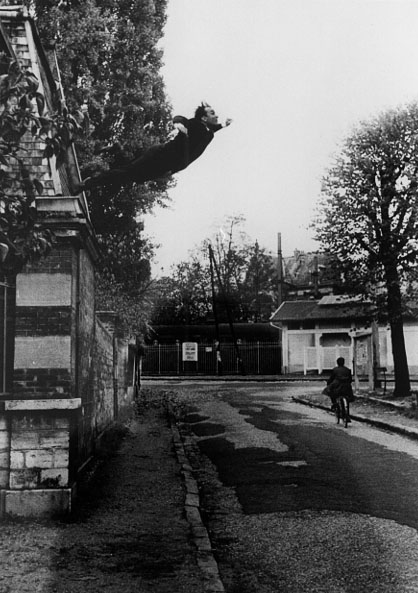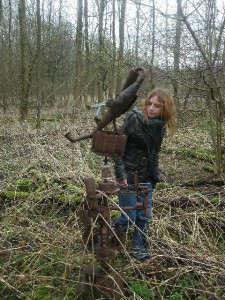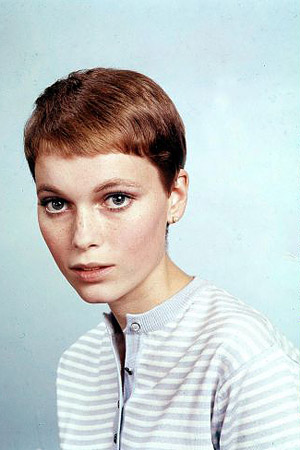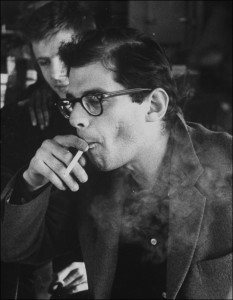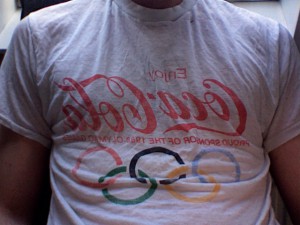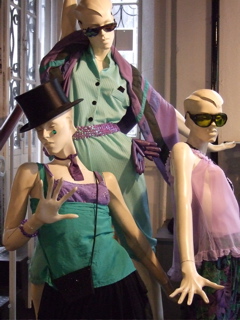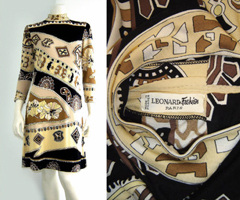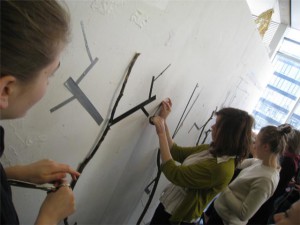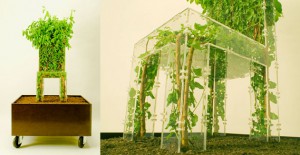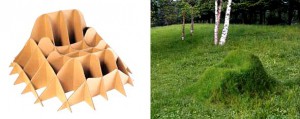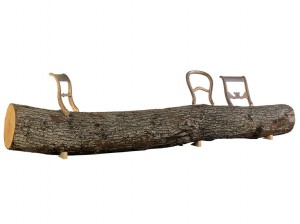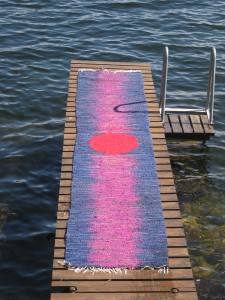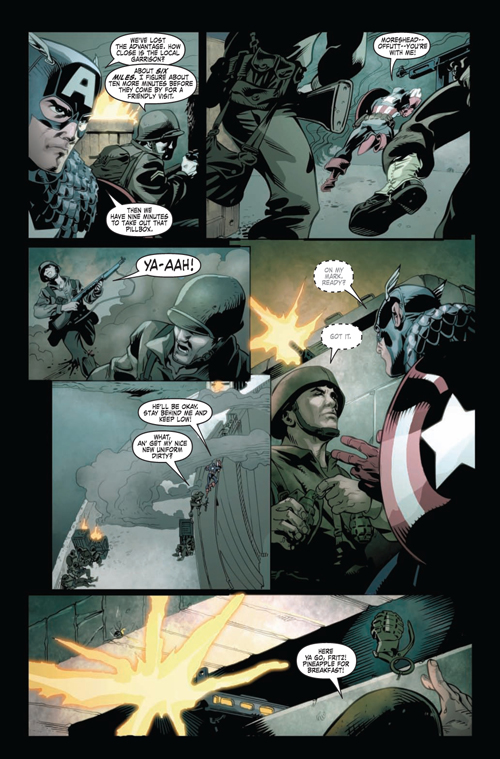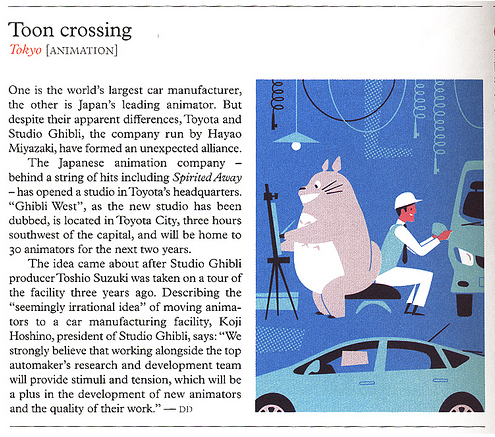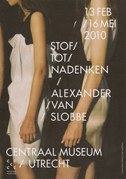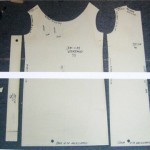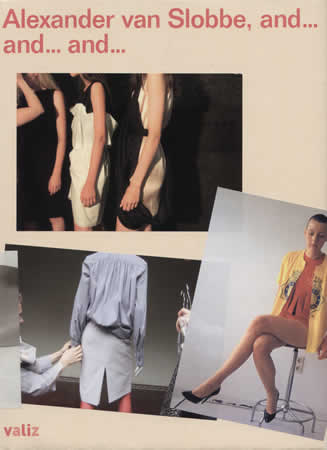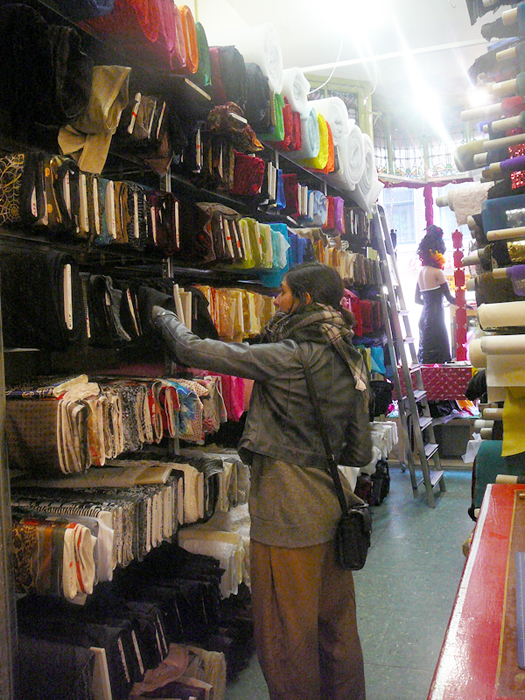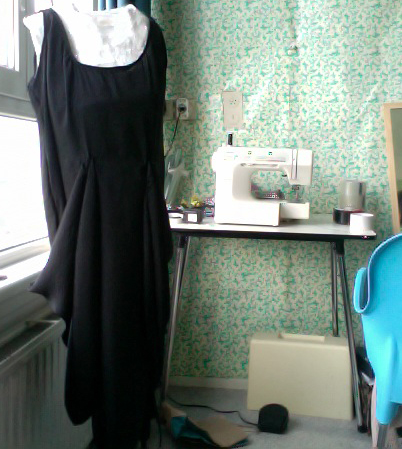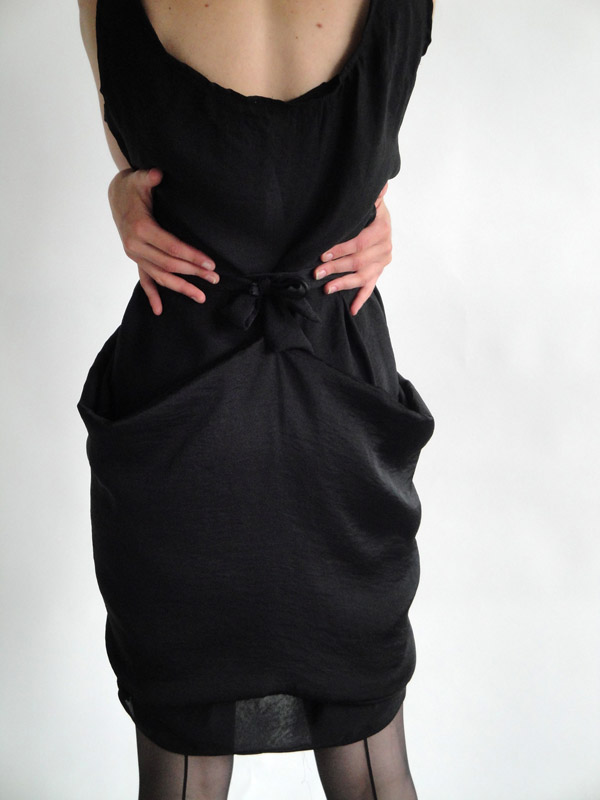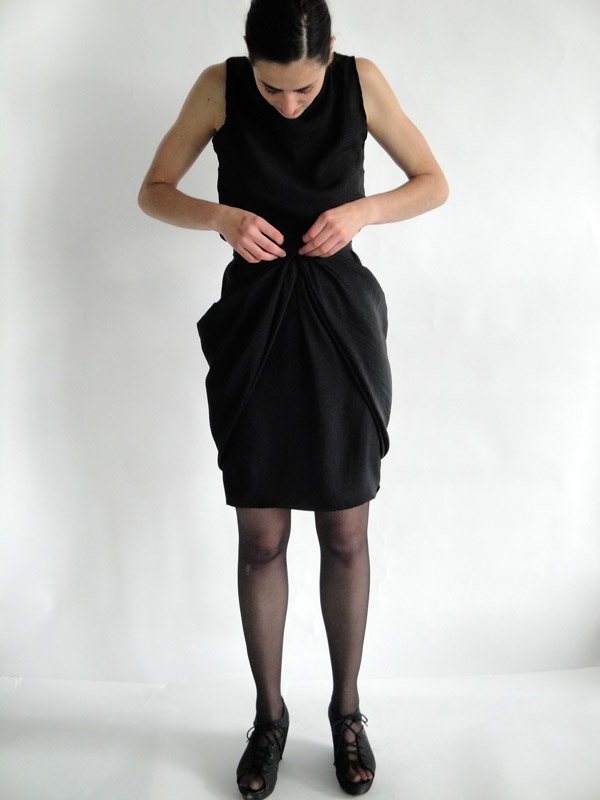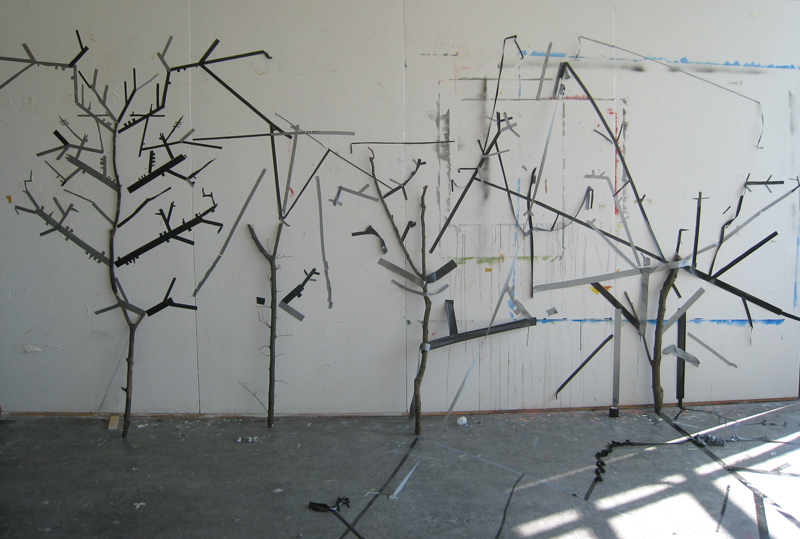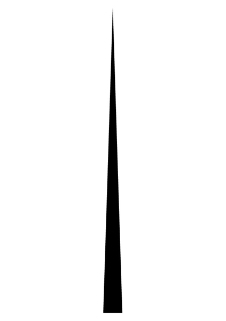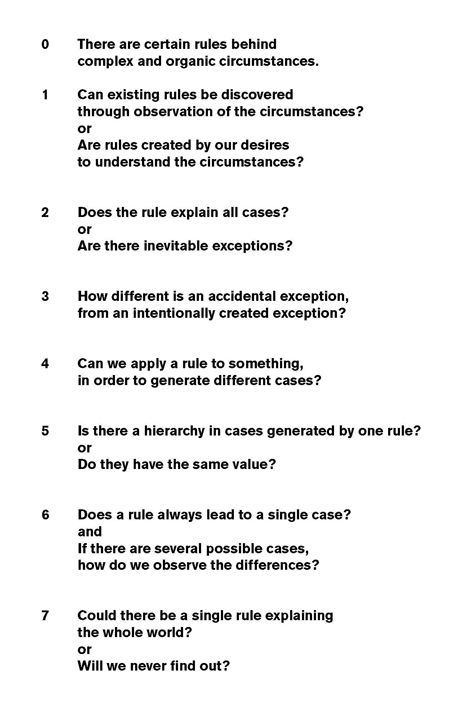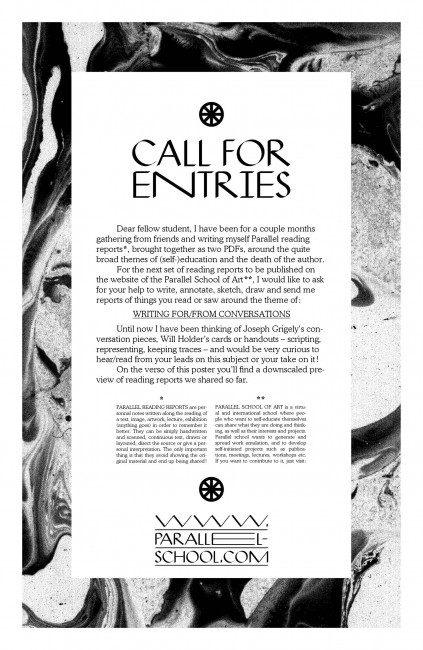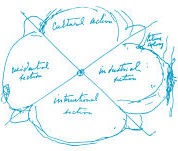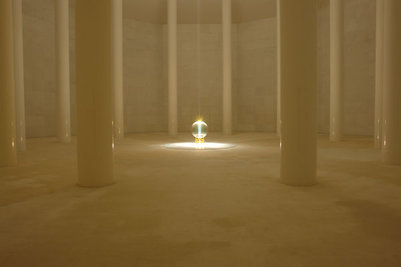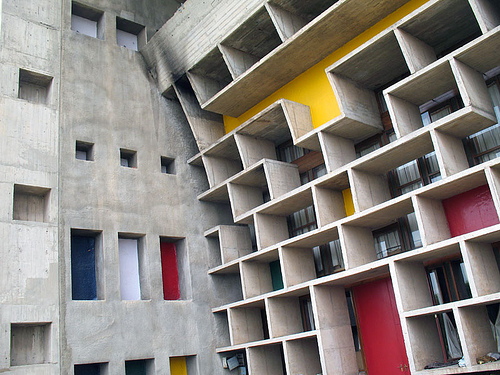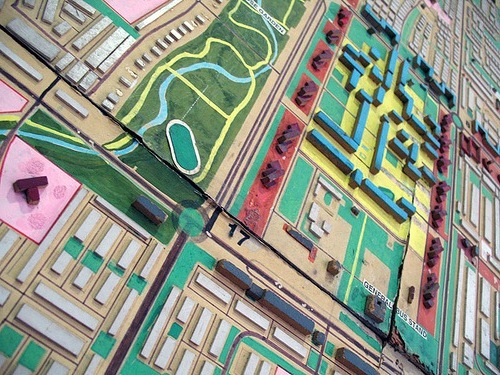Insearch of inspiration I’ve done a lot, and doing a lot but still I lack something. Something called perfection. Why I can’t see the perfection in my own work. What actually is the inspiration? Is it something what clicks between our eyes and the mind or something more? Something more that we can’t reach or is it just everywhere but hard to see till you are free.
I did research but still confused. So confused that I started to search for the inspiration in between my own confusions. Walked miles till my legs could handle, flew higher till I could fly, ran harder than I ever did, but still the inspiration is on it’s own place hidden but visible, visible because this world was once created with the inspiration, hidden because I can’t see it.
Is it only me who have got the problem finding the inspiration or others too? Been to the places and talked with people. It’s not only me (oh relief), there were more but sadly not everybody. Now I know, the inspiration is still there but need to work harder to reach the point so I can see it properly and perfectly. One night walked to the highest building, what I could find in my area, walked up, on the roof. And then stand on the edge of one corner, tried to look around, near, far, everywhere, thinking probably I will see the inspiration but accidentally I slipped, I felt like flying by knowing the fact that I was falling. While I was falling I met the inspiration, I was happy at least I met. Inspiration was my body laying on the ground for those who made an art piece of it, for those who gave everything to save me and discovered more ways to save life, for those who perfected there photography and for a lot in different ways.
Felt warm and light, opened my eyes, it was morning and I was on my bed, realized that I dreamed the horrible but inspirational. The first thing I did was bringing my dream alive on the canvas through the paints. Was happy to see my new painting what was inspired by my unusual dream. Finally understood that inspiration is not outside to search it’s inside, just need to feel it.
Could there be a single rule explaining the whole World?
or
Will we ever find out?
There is no specific answer for any question. The reason our head is filled with brain is to think, and the brain never stops thinking, never stops creating new views. That is the reason why there can’t be a specific answers for up standing questions. After a decade those questions will remain the same but answers will be different because views will be different and that’s all because of the inspiration. Without the inspiration answers can’t be found, without the answers questions won’t be asked, without the questions we were not born and if we were not born then the almighty god knows what would have been happened to our earth, probably a new inspirational creature to think of for the god to create.
Sometimes I wonder, why we seek inspiration? Why we try to look for some specific things to inspire us? Why? Why? And a whole lot of whys?
While we know that it’s not something you look for. Let’s take an example of Sir Isaac Newton, an apple fell on his head and he got inspired, he wrote a whole book about gravity. Now, was he actually looking for that apple to fall so he could get some inspiration? No, he saw, he felt it inside, and his feeling became inspiration, inspiration became research, research became our source to know about the gravity.
If a single rule could explain the whole world then today we were still thinking that the earth is flat instead of round. Inspiration brought us to this point, to the point where we are now being able to walk on the moon, seeing the earth making round and being able to be proud for surrounded by the arts. Inspiration is art and art is inspiration.



